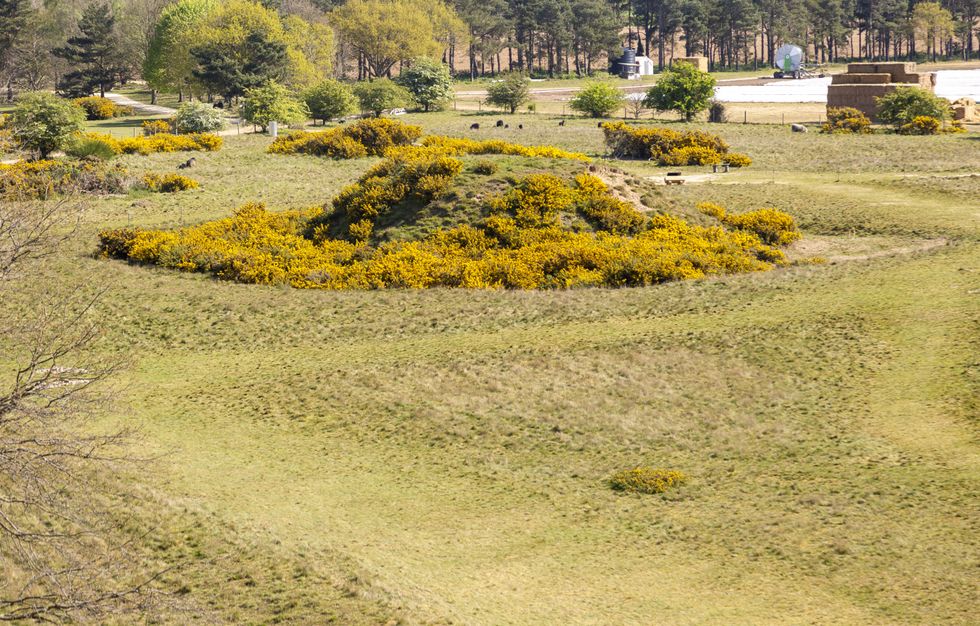New research suggests Sutton Hoo burial mounds in Suffolk may have contained Byzantine soldiers rather than Anglo-Saxon royalty, a groundbreaking study by an Oxford University academic has revealed.
Dr Helen Gittos, in research published in the English Historical Review, proposes that the individuals buried at sites like Sutton Hoo could have been cavalrymen who served in Byzantine forces.
"We always want these people to be kings," said Dr Gittos. "But this is another example of how you might have received considerable honours in your burial, but it doesn't mean that you're royal."
The theory explains the presence of numerous Syrian artefacts found in the burials, suggesting these soldiers brought items directly from their military service in the Middle East.
The speed at which Syrian objects reached Britain suggests direct acquisition rather than slow trade routes.
A clear historical context explains how Anglo-Saxons might have joined Byzantine forces.
In 575, the Byzantine Empire launched a major recruitment drive across Europe, desperately seeking cavalry soldiers for their war against the Sasanian Empire of Persia.
These recruits, known as foederati, included Franks and Burgundians from both sides of the Alps.
Historical records show Byzantium was aware of Britain's potential, with military manuals praising Britons as skilled woodland fighters.
Emperor Justinian was even paying subsidies in Britain, demonstrating established connections between Britain and Byzantium decades before the Christian mission to Kent.
"I think we have to be really open-minded about the potential connecting routes," Dr Gittos said. "People are just very, very reluctant to think that sometimes connections were direct and rapid."
Overview of Anglo-Saxon royal burial ground, Sutton Hoo, Suffolk, England, UK
Getty
The research suggests these returning soldiers had a lasting impact on Anglo-Saxon Britain.
Archaeological evidence shows a significant increase in Byzantine coins during this period.
Byzantine design styles were also widely adopted, though with an interesting local twist.
"If these men were shopping in eastern cities," Dr Gittos said, "they were not bringing back gifts for their womenfolk."
Instead of imported Byzantine jewellery, archaeologists have found local reproductions made in the Byzantine style.
Dr Gittos suggests that some recruits may have been minor royals or warlords, but similar burial patterns among lower-ranking graves indicate that military service could elevate social status.
"That kind of adventuring can enable changes in status quite rapidly," she explained. "In Beowulf, that's what happens. He gains his status from being such a warrior."

 By GB News (World News) | Created at 2025-01-09 14:59:26 | Updated at 2025-01-10 01:17:45
10 hours ago
By GB News (World News) | Created at 2025-01-09 14:59:26 | Updated at 2025-01-10 01:17:45
10 hours ago









